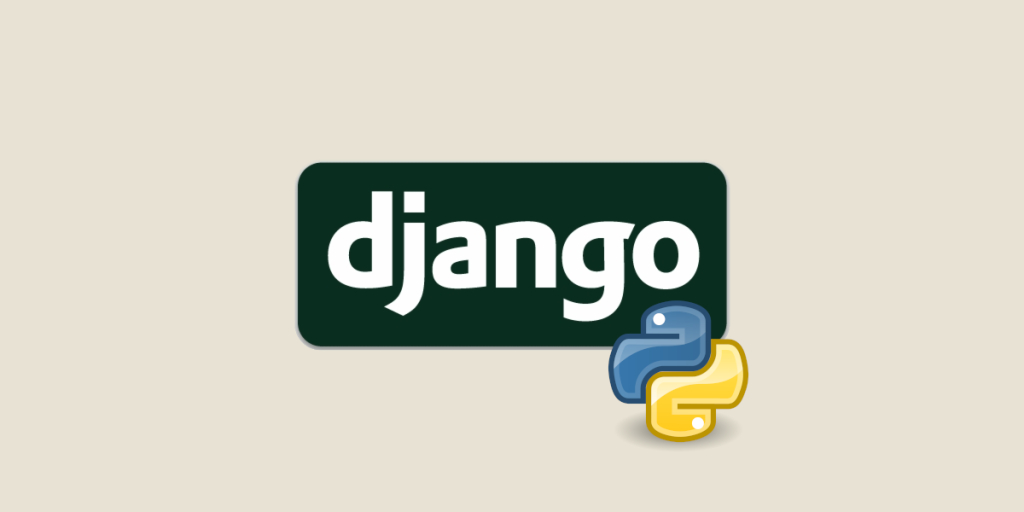Deployment Guide on Django Websites
Deployment Guide For Django Websites
Published on July 17, 2024

Deploying a Django application can be both challenging and rewarding. It's not just about making your project available online but ensuring it runs smoothly in a production environment. Here’s a guide to help you navigate through the deployment process.
Understanding Deployment Basics

Deployment involves transferring your Django project from a local development environment to a live server where it can be accessed by users. Key steps include:
- Preparing Your Project: Before deployment, ensure your project is ready. This includes configuring settings for production, setting up static and media files handling, and securing sensitive information.
- Choosing a Hosting Provider: Selecting the right hosting provider is crucial. Factors like server reliability, scalability options, and support for Django applications should be considered.
- Setting Up the Server: Configure the server environment. This includes installing necessary dependencies (like Python, Django, and web server software), setting up databases, and configuring domain settings.
Deployment Strategies
- Manual Deployment: Manually transferring files and setting up configurations on the server.
- Automated Deployment: Using tools like Docker, Fabric, or CI/CD pipelines for automated deployment processes.
- Cloud Deployment: Deploying on cloud platforms like AWS, Heroku, or DigitalOcean for scalability and flexibility.
"The best deployment is the one you don't notice; it just works seamlessly." - Anonymous
Tips for Smooth Deployment
- Environment Variables: Use environment variables for sensitive settings (like database credentials and secret keys) to enhance security.
- Testing: Perform thorough testing in a production-like environment to catch issues early.
- Monitoring: Set up monitoring tools to track performance metrics and detect issues promptly.
"In deployment, attention to detail is key. Small oversights can lead to big problems." - Unknown
Conclusion
Deploying a Django application requires careful planning and execution. By following best practices and leveraging deployment tools, you can ensure a smooth and efficient deployment process. Remember, deployment is not just about making your project live; it's about delivering a reliable and accessible application to your users.